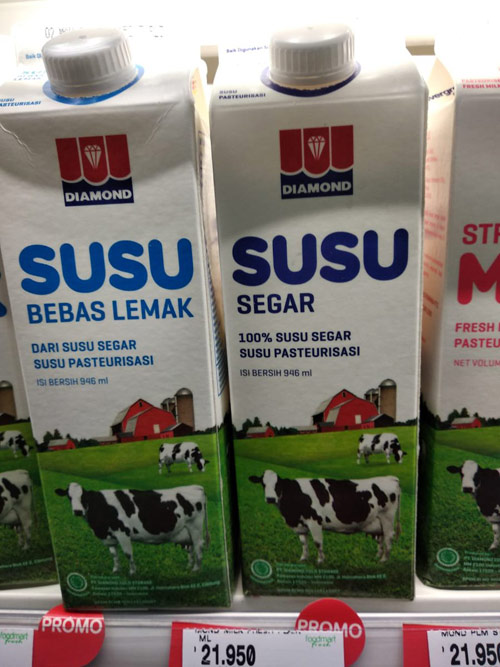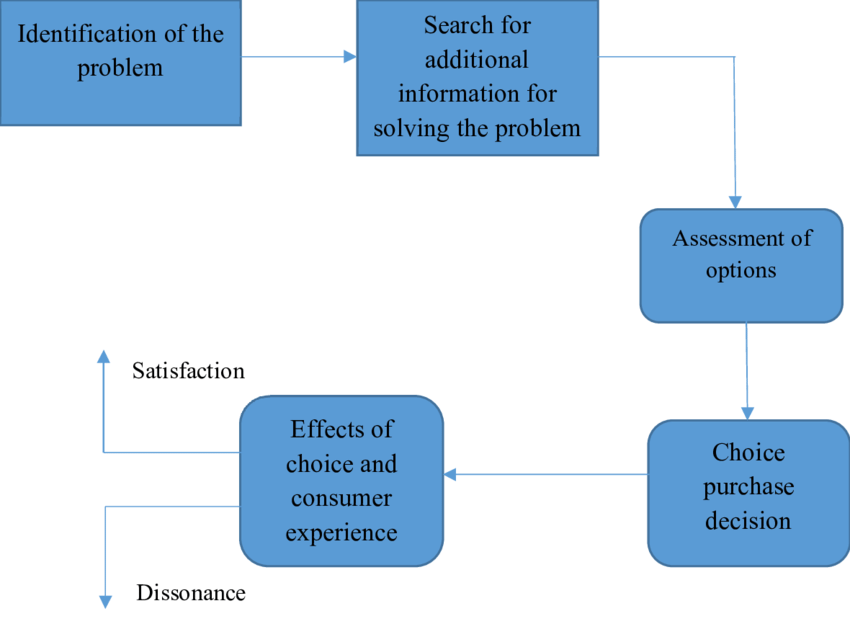ENTERING INTO AN INDIAN MARKET WITH A GLOBAL PRODUCT.

Consumer behaviours have many models but when we are trying to introduce a global product into a heterogeneous population like India, how does it work? There are numerous Points to be mulled over with regard to consumer behaviour towards new products. Today in this article however I propose to delve into one such product which was introduced in India and how after meandering through different routes, found its way to market kingship. Let's find out what did Gillette India do or did not do with respect to consumer behaviour. Gillette entered the Indian market as early as 1984 and had almost nothing to show till about 2004. Its Flagship product Mach3 boasted of long-lasting diamond-like coating blades, smooth shave, ergonomic handles etc were overpowered by one fact- it was priced ten times more than its two-blade competitors. Targeting the higher-end customers who could well afford the price, Gillette found that consumers didn’t see any value to it.

If seen through the prism of the ENGEL KOLLAT BLACKWELL model, the product could not travel past the initial information input stage itself. Gillette dived into its strong point, research and development of product along with the GTM strategy. Gillette bifurcated the Indian market into two separate segments – One the higher end whose pain point is the time that shaving took, the unpleasant skin irritation that it caused! This segment needed a product that added value at this point. Mach 3 campaign of “closest shave ever in fewer strokes-with less irritation!” was created in response to these very pain points. The second segment was the large 400 million shavers who might not even have running water, sat on the floor to shave. Apart from mere affordability they also sought safety from shaving nicks! Gillette guard, priced at just Rs15 with refill option was tailormade for this segment. With a simpler design and few parts, the cost was drastically reduced.

Seeing this whole case through the prism of the consumer behaviour model of ENGEL BLACK KOLLAT, Gillette did not simply wait but took control.
Information Input Stage: While Gillette struck the traditional marketing with Tv advertisement and film stars centred promotions, Gillette went one step ahead of not just informing the customer of the product but also addressing them in the next stage of
Information Processing Stage: With the “Shave India movement” Gillette drew the attention of the masses into this seemingly inane and mundane routine of the day as something that is to a conscious decision.
Decision Process Stage: With the “Women Against lazy stubble” campaign, they tapped into the influencers ie the ladies. They encouraged the masses to acknowledge the problem of shaving through the humongous amount of paid promotions, debates, and media trending about shaving.
Variables Influencing the Decision Process: Gillette, thanks to the extensive research understood that different segments need different things and so created different products which were designed keeping the motives, values, lifestyle, and personality; the social influences in mind. This translated into a product that the consumer found aligned to his particular ecosystem. For example, the easy rinse cartridges were designed for that large population who did not have running water. The ergonomics of the handle was popular with the segment who went for Mac 3 version with the smoother shave.
Though there are many consumer behaviour models both traditional and contemporary , I have loosely taken up Gillette's story to give a basic glimpse of consumer behaviour and validate my point that every market needs a separate strategy.
Courtesy : www.businesstoday.in, www.researchgate.net, MensX loughspark
